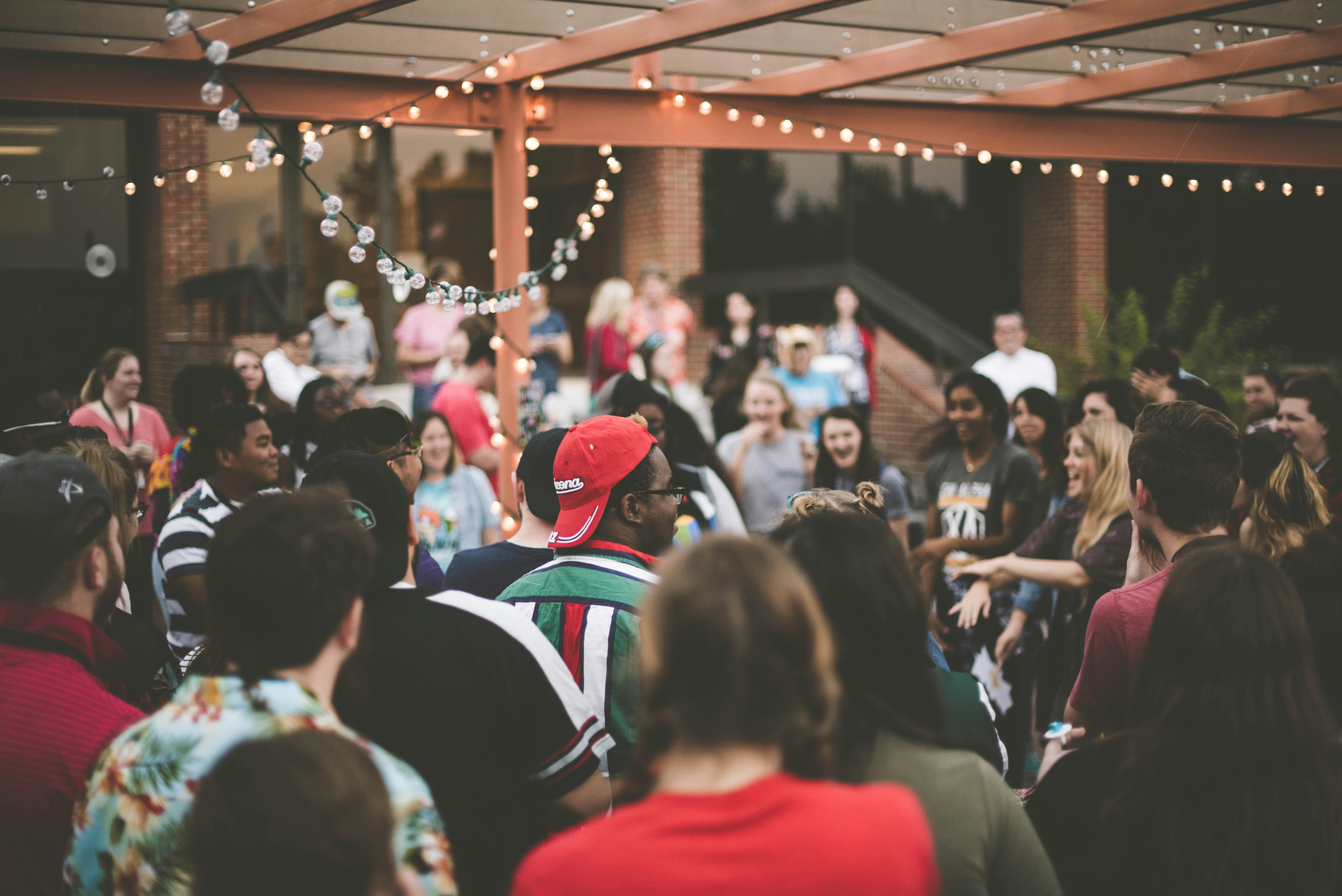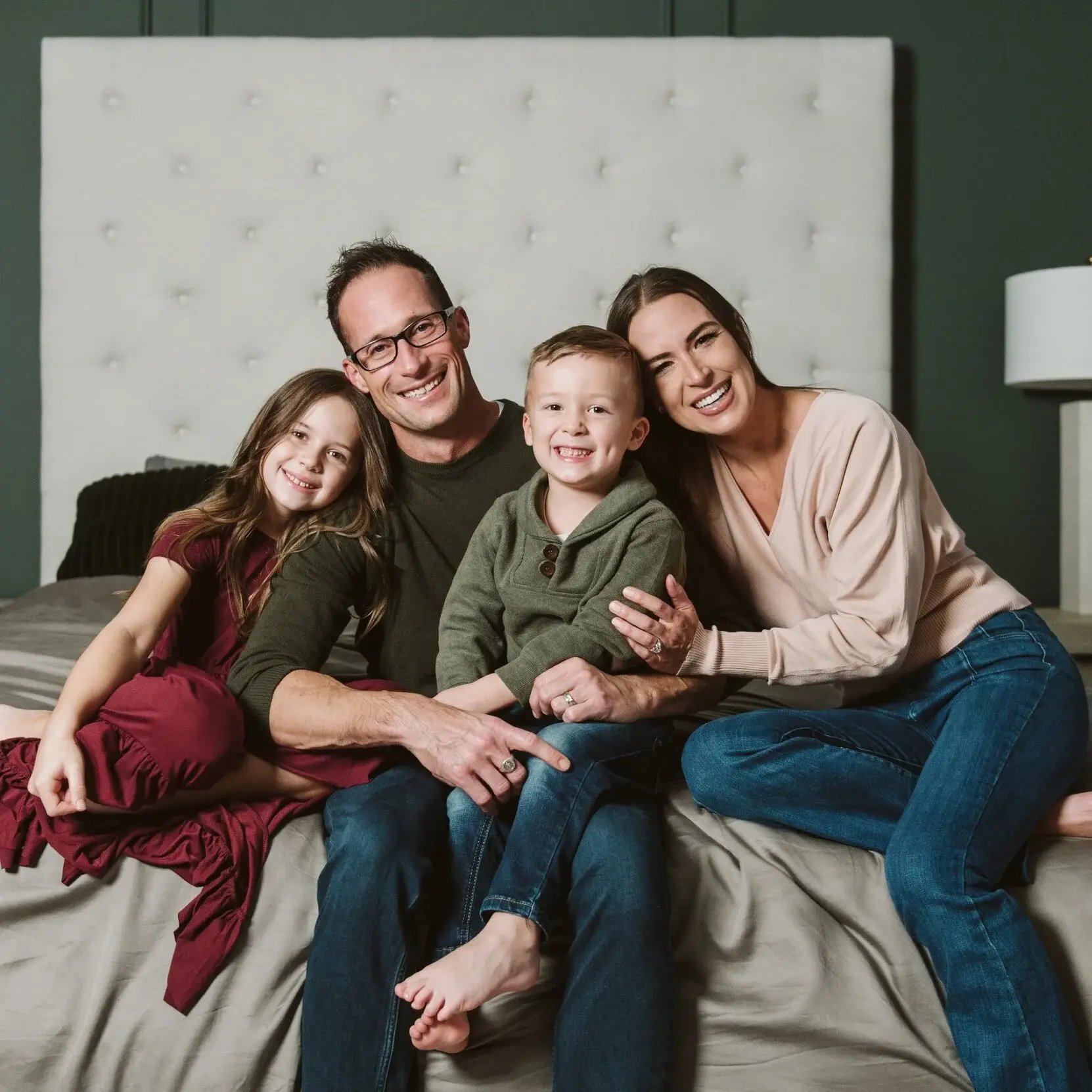Influencer marketing isn’t just happening behind screens anymore. A surprising shift is taking hold in the world of influencer marketing: the return of in-person events and community-building. With younger demographics craving genuine human connection, brands are reimagining their marketing strategies—moving away from purely online engagement and leaning into in-person, community-driven experiences.
From pop-up events to immersive run clubs and nostalgic drive-thrus, companies are trading clicks for conversations, signaling a powerful evolution in how brands can build loyalty in a post-digital world.
What's driving brands toward in-person experiences?
Brands are focusing on in person events for a good reason: Data shows that consumers who encounter brands in person via social experiences have a much stronger emotional connection to them, making experiential marketing a strategic play for long-term customer loyalty.
According to eMarketer, 84% of Gen Z and Millennials value brands that provide a mix of technological and physical experiences, and as reported by Forbes, 95% of Gen Z and Millennials are interested in turning online interests into real-world interactions. The research shows that 84% of attendees have formed close friendships through such gatherings, and 45% say these events have enhanced their sense of self.
“Trend and scrolling fatigue combined with what we call digital captivity have led young people to relearn how to connect. Creating their own spaces, taking their online interests offline,” said Andrew Roth, Founder and CEO of dcdx. “The desire and appetite for IRL has never been clearer; young people are not just interested in in-person gatherings, they crave them.”
Why 2025 will be the year of experiential marketing
You might be wondering: why is experiential marketing having such a moment right now?
Part of it is the natural course-correction after years of isolation and hyper-digitization. In a world where AI, virtual worlds, and screen-based everything dominate the narrative, buyers want things that feel real and human, including the connection and sense of belonging that come from in-person, experiential events. As a result, 74% of Fortune 1000 marketers plan to increase their event budgets in 2025, according to data from EventTrack 2025.
As reported by eMarketer, Gen Z and Millennials are growing screen-weary and want more in-person experiences. Moreover, 81% of Gen Zers wish they could disconnect from digital devices more easily and think digital detoxes should be a routine activity, while 65% of Gen Z believe people are more lonely today than they were 10 years ago.
Roth went on to say that over the last few years, his company has been studying Gen Z's relationship with technology as loneliness and social connection have grown to the forefront of the national media conversation. “While we saw COVID had a devastating impact on not just the quantity of social connection, but the capacity and desire of young people for social connection, that trend has slowly but steadily been reversing in the last 8-12 months,” he said.
And while social media is not going anywhere anytime soon, brands that want to create long-lasting relationships with their customers should find a way to connect with them through in-person events and community building.
How Brands Are Building Community Through IRL Experiences
No single event has had a more profound impact on shopping attitudes and behaviors globally than COVID-19. People quickly adapted to online shopping, working from home, and staying connected through social media.
However, we’re starting to see the pendulum swing back to IRL events because people crave connection. As a result, we are witnessing more and more brands tapping into shoppers’ appetites for in-person and spontaneous live experiences. But these are not just regular get-togethers; they are the new way of community building through experiential marketing to build emotional connections with customers. It’s the future of influencer marketing as well.
“Brands can help support community efforts for the influencers or creators they work with. This can look like a brand sponsoring a dinner for someone or co-creating an event or pop-up.” - Kendall Dickieson, content creator.
Olipop’s drive-through experience
From day one, Olipop’s marketing has been fueled by community and creator magic. Case in point: the Orange Cream drive-thru activation. The open-to-the-public event was a drive-thru, with the goal of celebrating the seasonal return of its Orange Cream flavor. This was a splashy, influencer-studded, nostalgia-laced ode to the 90s, engineered for maximum UGC and social media virality.
These types of brand activations create memorable experiences that deepen the connection between the brand and the consumers and help make the brand feel more tangible and real. Olipop’s event was packed with influencers and excited customers eager to create content and share it on social media.
Tracksmith’s calendar of IRL events and run clubs
You have brands that have in-person events, and then you have Tracksmith. The premium performance running apparel and gear brand goes one step further when it comes to in-person experiences. They have a calendar packed with IRL events and run clubs. For Tracksmith, these are not just regular events but the backbone of a community-first marketing strategy.
By tailoring city-specific newsletters and hosting consistent real-world meetups, they engage runners on a local level, creating lasting relationships and habits. What also makes Tracksmith stand out is their clear sense of purpose and identity. For them it’s not just about selling running gear, it’s about celebrating the culture of running. Their events reflect this, offering value and meaning that strengthen their brand over time. For brands looking to build loyalty and resonance, Tracksmith shows the value of creating authentic, useful, and purpose-driven in-person experiences.
Reese’s Book Club partners on events with book-fluencers
Since Reese’s Book Club launched in 2017 in partnership with the actress’s media company, Hello Sunshine, it has become an industry phenomenon with the power to catapult titles to the top of the bestseller lists. But it’s much more than a book club—it’s a movement in the reading community. And they’ve taken things IRL by co-hosting events with established book influencers and clubs in key cities.
Partnering with creators who are already genuine fans of your brand can make all the difference, especially when it comes to in-person experiences. For Reese’s Book Club’s (RBC) 100th pick celebration, they brought that authenticity to life by featuring content creators and community members. “It was truly a dream come true getting to meet and spend one-on-one time with one of my favorite authors,” shared Nnenna Odeluga, reflecting on the surprise moment when Tia Williams, author of Seven Days in June, walked onto set. The result wasn’t just great content—it was a meaningful, memorable moment that deepened brand connection in real life.
“I think it's key to partner with creators who are already a fan of your business so that the partnership is a natural fit! As a consumer as well, I feel like you can tell when a creator is genuinely into the brand they're partnering with.” - Nnenna Odeluga, content creator
As someone who also runs IRL book and craft clubs, she emphasized the value of thoughtful in-person experiences: “A big component of IRL events is creating a welcoming space for all your attendees.”
.png?width=800&height=592&name=Untitled%20design%20(20).png)
Le Monde Gourmand: Scents and Sensibility
For the launch of their new fragrance, Le Monde Gourmand tapped two LA-based micro-communities and hosted a creator-led event that racked up 600K+ impressions and over 50 pieces of UGC.
And this wasn’t just an average influencer dinner. It was tightly engineered for social-first content, and it worked. Fragrance may be hard to capture through a screen, but vibes? Vibes translate.
Perhaps the most important takeaway is Le Monde Gourmand’s focus on specificity. Instead of casting a wide net and targeting broad demographics, they engaged with a curated roster of creators. This approach allowed them to connect with audiences who are already primed to care, and who, in turn, create more authentic, resonant content.
For other brands, the lesson is clear: forget mass appeal. Invest in niche, deeply engaged communities, and design experiences that are inherently shareable. By doing so, you’ll build not just reach, but relevance.
BÉIS luggage meets car wash
The travel gear and accessories brand, BÉIS, turned a luggage pop-up into a whimsical, cheeky, and Instagrammable car wash experience. As reported by Bizbash, the brand invited guests into the BÉIS Wash to get their luggage cleaned while they themselves walked through a waterless wonderland of foam, vinyl, and bold colors. The pop-up was packed with influencers and visitors who were sharing the exciting experience on their social media while waiting for their luggage. So what started as a pop-up car wash experience turned into a social media gold mine for the brand.
These kinds of experiences also help establish a distinct visual identity that becomes instantly recognizable across platforms, reinforcing the brand’s personality and positioning over time. Beyond aesthetics, they generate valuable organic social proof and serve as ongoing content engines, providing months of storytelling material that extends the lifespan of the activation.
Most importantly, they help foster a sense of community, inviting customers to feel part of something bigger, and building emotional connection and loyalty that lasts well beyond the event itself.
Forge authentic connections with IRL community-building and influencer marketing
People don’t just want to buy stuff, they want to belong. In a world oversaturated with content, ads, and infinite scrolls, what actually cuts through the noise? Human connection. Shared experience. Real-life, sensory, emotion-stirring moments.
Whether it’s running a pop-up car wash for luggage, co-hosting a book club IRL, or building a global network of community events, the brands winning right now aren’t just selling products, they’re creating spaces for people to feel something.
Here’s the truth: shoppers aren’t just consumers. They’re humans craving meaning, memory, and connection. Give them a reason to show up, engage their senses, stir their emotions, and they won’t just remember your brand. They’ll talk about it, post about it, and come back for more. There’s no doubt that real-life experiences will redefine influencer marketing and community building, moving it from the screens to the streets. Ready to start building authentic connections with your audience?


.png?width=300&height=300&name=Minimal%20Photocentric%20Productivity%20Blog%20Banner%20(3).png)

